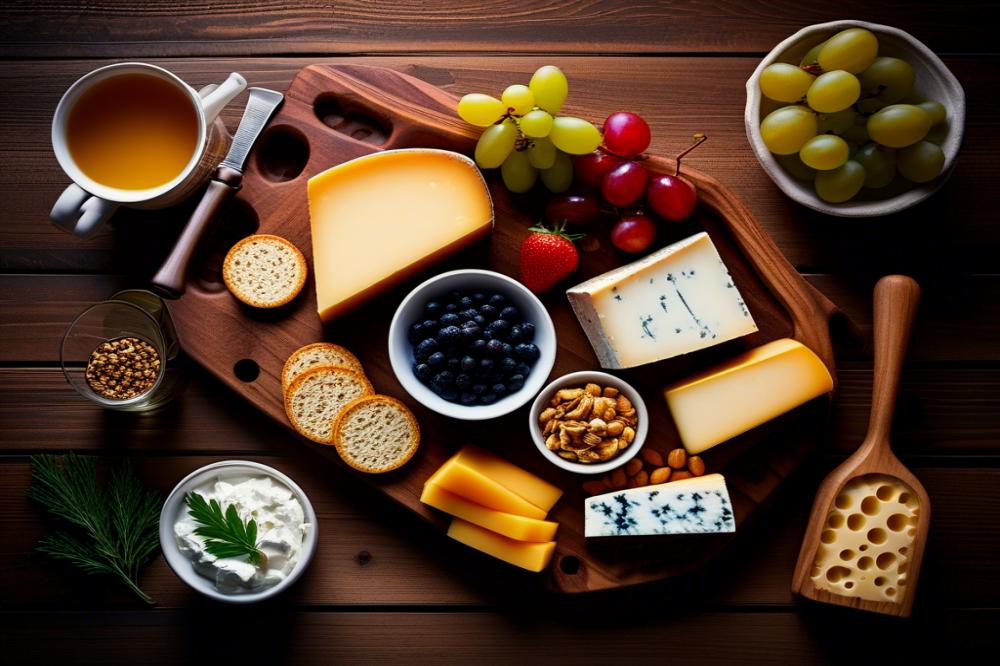Introduction
Canadian Cheeses hold an essential place in the culinary landscape of the country. They reflect the diverse cultures and traditions found across Canada. From the rolling hills of Quebec to the vast fields of the Prairies, a variety of cheese types emerge. These cheeses range from creamy bries to sharp cheddars, showcasing a wide array of flavors and textures.
Age plays a crucial role in cheese production. Fresh cheeses, with their mild flavor and soft texture, contrast sharply with aged varieties. As cheese matures, it develops complex flavors that deepen and evolve. This aging process also affects texture; it can become firmer and drier or more crumbly. The nuances are what make exploring Aged vs Fresh Cheeses so intriguing.
In many culinary creations, choosing the right cheese can elevate a dish. Fresh cheeses may shine in salads and spreads, while aged cheeses often enhance pastas and charcuterie boards. Understanding the differences can help home cooks and chefs alike make informed decisions in the kitchen. Whether it’s for a simple snack or a gourmet feast, Canadian Cheeses offer something for everyone.
Canadian Cheeses
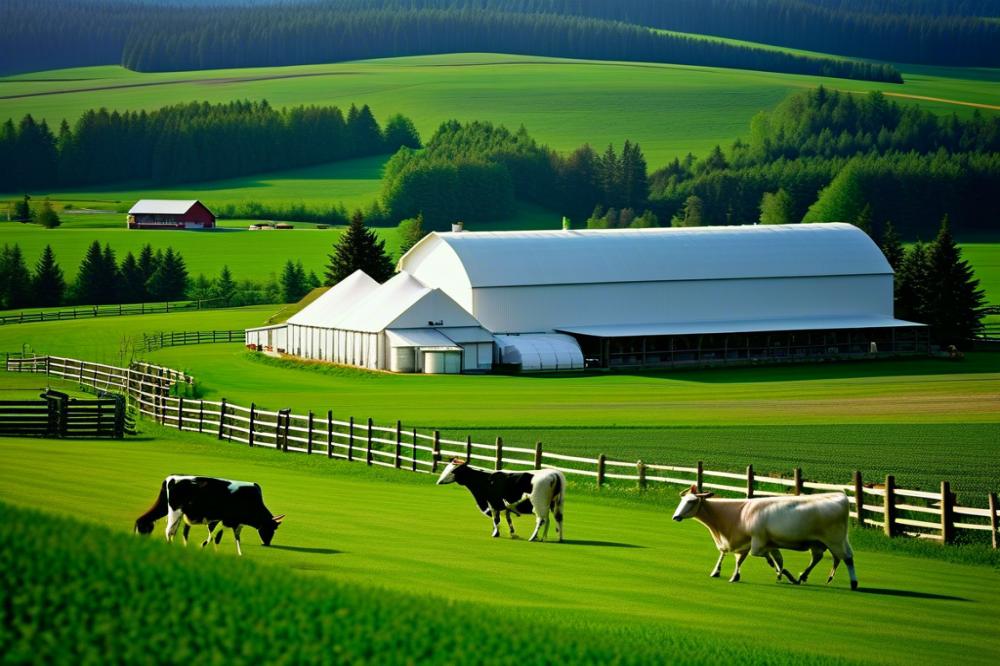
Canada is home to a wide range of cheeses, with each region boasting its own specialties. In British Columbia, creamy goat cheeses thrive thanks to the lush pastures. Alberta is known for robust cheddars, while Quebec has a rich tradition of artisan cheese-making that includes both cow’s milk and interesting blue cheeses. Cheese lovers can find something to satisfy every palate across the country.
Climate plays a crucial role in shaping these dairy products. The cold winters and warm summers affect how milk is produced and processed. Varieties of cheese can also change with the seasons. For example, the grass-fed cows in the summer produce milk rich in flavor, which contributes to the complexity of many cheeses.
Local ingredients contribute to the diversity and flavor profiles found in Canadian cheeses. Many cheesemakers source milk from nearby farms to create their products. This practice allows them to reflect the region’s terroir in every bite. It’s not just about the milk; herbs, spices, and even local fruits are sometimes blended in, creating truly memorable flavors.
Artisanal methods elevate the quality of cheese, as many smaller producers focus on traditional crafting techniques. Many of these cheesemakers take pride in their work, often working in small batches to ensure high standards. They spend years perfecting their recipes and aging processes, yielding cheeses that are often award-winning.
Cheddar, in particular, is a staple in Canada. Varieties range from mild to sharp, and each type has its own character. Skilled cheesemakers pay attention to the aging process, which can dramatically alter texture and flavor. On the other hand, goat cheese offers a tangy alternative. Its texture can be creamy or crumbly, providing contrast in culinary dishes.
Blue cheese also holds a distinguished place in Canada. It is sharper and rich, with a distinct flavor that some adore. The unique methods of production create variations that reflect individual cheesemakers’ styles. With the current rise in popularity, more people are seeking out these diverse cheese options, showcasing the craftsmanship of Canadian cheese artisans.
Aged vs Fresh Cheeses
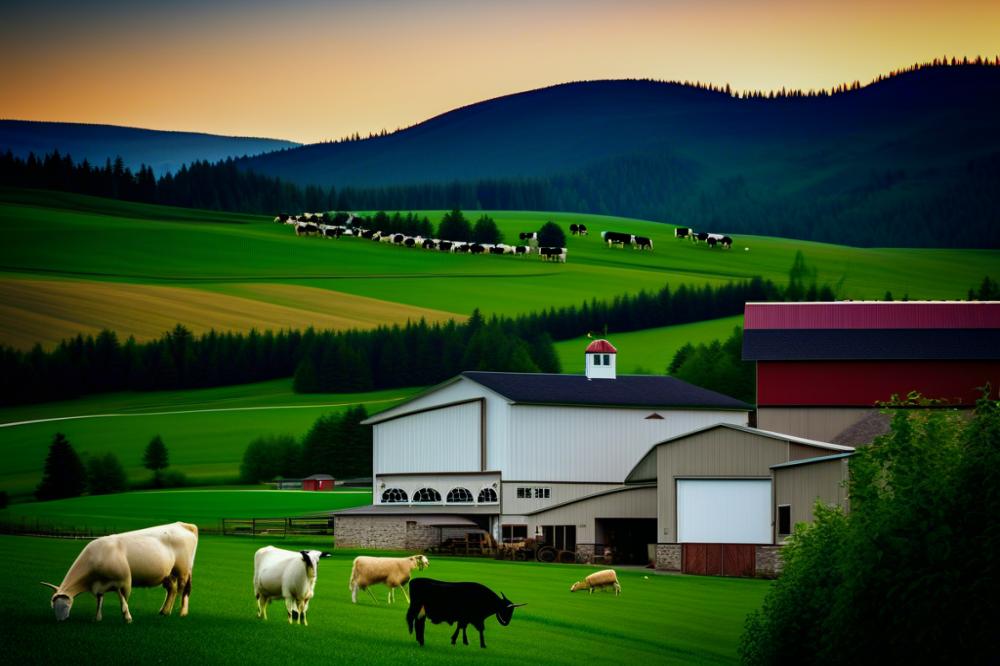
When it comes to cheese, two main categories stand out: aged and fresh. These types differ significantly in flavor, texture, and nutritional content. Aged cheeses tend to have bolder flavors and firmer textures. On the other hand, fresh cheeses like ricotta and mozzarella offer a milder taste and a softer bite.
The aging process plays a crucial role in shaping these characteristics. During aging, moisture content decreases and the flavor compounds develop further. This transformation introduces complex tastes that can range from nutty to sharp in aged cheeses. With fresh options, the immediate consumption allows for a gentle, creamy flavor profile that appeals to many.
Texture also varies greatly. Aged cheeses can be hard, semi-hard, or crumbly, giving them an impressive structure. Fresh cheeses are typically soft and spreadable, making them versatile in recipes. This difference affects how they are used in dishes. For instance, aged cheeses often serve as a robust finishing touch on pasta or salads, while fresh varieties shine in desserts or as toppings.
When exploring aromas, aged cheeses often have strong scents that reflect their rich flavors. These cheeses develop unique aromas during the aging process, influenced by factors like time and environmental conditions. Fresh cheeses, in contrast, offer light, subtle aromas that emphasize their freshness. The distinct olfactory experiences further set these two types apart.
The nutritional profiles also vary between aged and fresh options. Aged cheeses generally have a higher fat content than fresh ones. They often contain more protein as well. However, fresh cheeses retain higher moisture levels, which can influence calorie counts and dietary choices. For those counting calories, this can be an important factor in selecting types of cheese.
Both aged and fresh cheeses have unique places in culinary traditions. They can complement a wide range of dishes, proving that each type offers something special. Understanding these differences can help cheese lovers make informed choices for their meals.
Recipe: Canadian Cheese Board
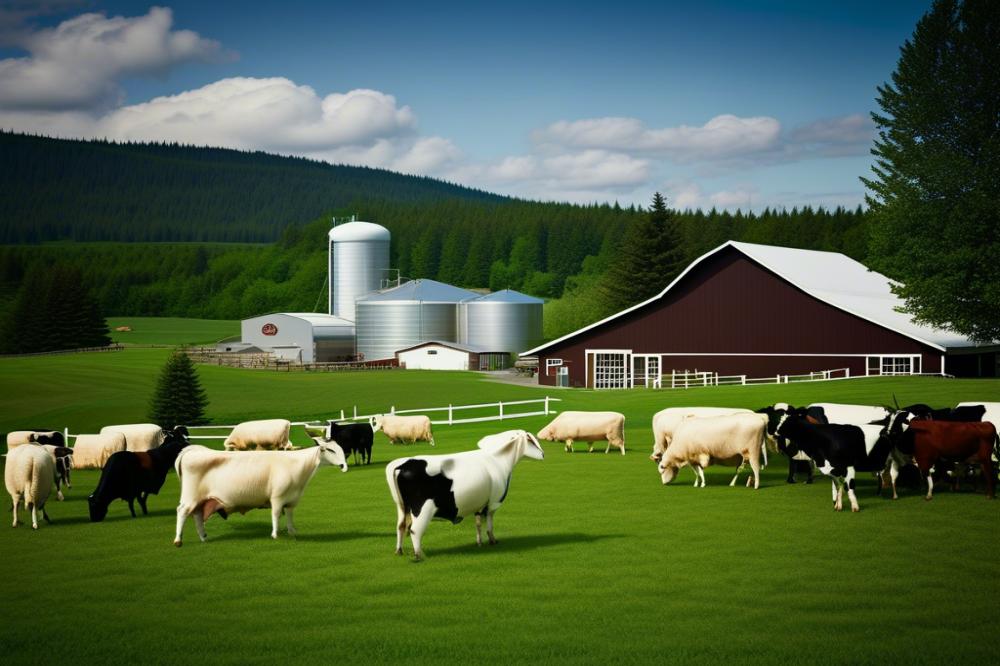
Creating a visually appealing cheese board is not only easy but also fun. This arrangement showcases the delightful differences between aged and fresh cheeses.
Ingredients
- 200g aged Canadian cheddar
- 200g fresh goat cheese
- 100g blue cheese
- 150g crackers
- 100g mixed nuts
- Fresh fruits (grapes or apple slices)
- Honey or maple syrup for drizzle
Instructions
Begin by selecting a large wooden board or platter for the assembly. This serves as the backdrop for your cheese selection. Cut the aged cheddar into wedges. Next, crumble the blue cheese to create texture. Position the fresh goat cheese in the center, forming it into a log or ball for visual interest.
Arrange the cheese varieties around the goat cheese. Aim for balance and aesthetics. Fill in gaps with an assortment of crackers and mixed nuts. This adds crunch and elevates the presentation. Clusters of fresh fruits can brighten the display. Opt for grapes or apple slices, as they are both simple and complementary.
A drizzle of honey or maple syrup over the goat cheese introduces a sweet contrast. This addition enhances flavor and offers a delightful surprise. When serving, consider beverages that pair well with the cheeses. Options like red wine or craft beer often enhance the tasting experience.
Nutritional Information
Every cheese type brings its own nutritional benefits. Aged cheddar is rich in protein and calcium, making it a solid choice for strong flavors and nutrients. On the other hand, fresh goat cheese tends to be lower in salt. It also offers probiotics, which are beneficial for gut health. Blue cheese presents a unique flavor profile while contributing its own set of vitamins and minerals.
Cheese boards can fit nicely into a balanced diet. Varieties of cheese enhance meals without overwhelming them. Combining different textures and flavors creates not just a feast for the taste buds but also for the eyes.
Wrapping Up The Cheese Discovery
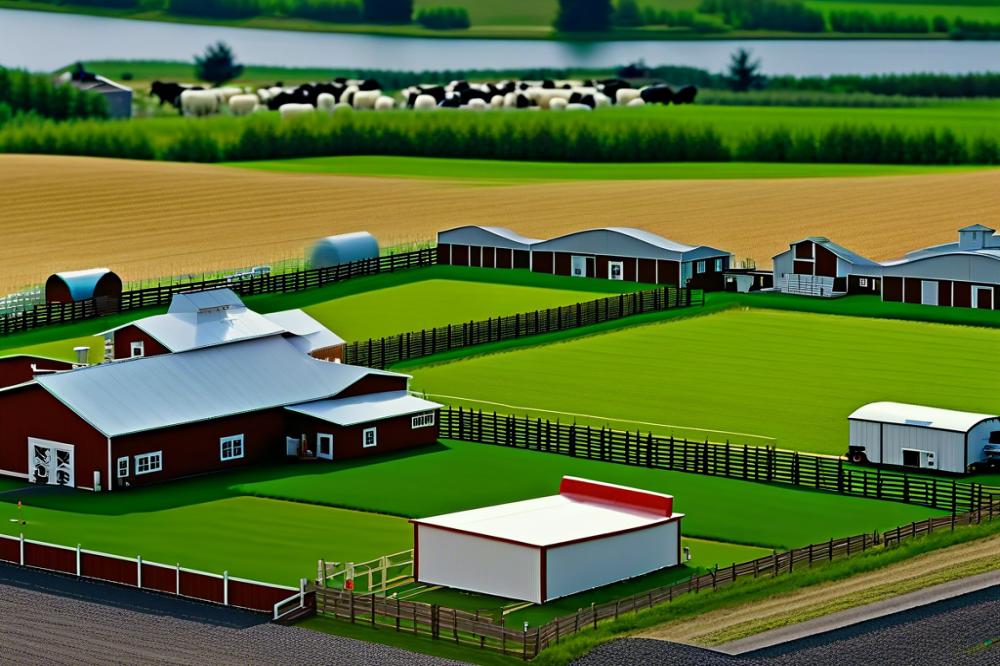
What stands out about Canadian cheeses is the remarkable difference between aged and fresh varieties. Each type offers a distinct flavor profile that can enhance your meals or serve as a delightful snack. Aged cheeses often bring bold, complex tastes, while fresh cheeses provide a lighter, creamier experience. Understanding these differences is crucial for anyone looking to explore the world of cheese.
As you dive deeper into this culinary journey, consider trying out local options. Canada is home to many artisanal cheesemakers who pour their passion into every batch. Sampling a range of options can lead to new favorites and surprise your taste buds. Whether making a cheese board or simply enjoying a slice on its own, experimenting with combinations can be exciting.
When you savor these unique cheeses, you also support local businesses. Many communities rely on these cheesemakers to sustain their craft. The joy of tasting a well-crafted cheese is not just about flavor; it’s about connecting with the tradition and effort behind it. cheese aging plays a vital role in this process, creating depth and character that are worthy of discovery.
So go ahead, embrace the challenge of creating your own cheese board. Pair different textures and flavors. Your guests will appreciate the effort, and you may uncover a new favorite treat. The world of Canadian cheeses awaits. Enjoy every cheesy morsel you can find!

